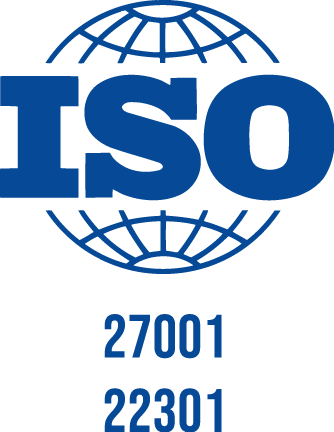Call To Action
What is Call to Action?
Call-to-action, abbreviated as CTA, refers to short messages that direct users to click a link or button. It is mainly preferred on websites, e-mails, and advertisements.
Examples of the most common call-to-actions include “sign up” and “buy now”.
In Marketing, using “call to action” phrases often guides the potential customers to a desired action such as helping them to make a purchase, filling them a form, or subscribing them to a newsletter.
A call-to-action phrase does not have to be in text form. They can be in form of images, videos, or buttons and often placed on a website, a social media account, email, or other marketing materials.
One of the most important things to consider when using a call-to-action is to select the tone of voice. The language you should be using must be clear and direct, action-oriented, and must have a sense of motivation.
Examples of Call To Action Phrases:
1. “Download our app”
2. “Take advantage of this limited-time offer”
3. “Don’t miss out”
4. “Act now”
5. “Get your free quote”
6. “Try it for free”
7. “Buy Now”
8. “Sign up for our newsletter”
9. “Register for our webinar”
10. “Get started today”
11. “Claim your free trial”
12. “Contact us now”
13. “Learn more”
14. “Join us”
15. “Subscribe to our channel”
Using these phrases will create a sense of urgency and can encourage your users to take immediate action. When used at the right place with the right tone of voice, users can be guided to a specific action and sales can be increased.
Why CTA is Important in Marketing
Your marketing goals may include an increase in revenue for your company or brand, an increase in profit, an increase in subscription rates, an increase in social search, or increasing sales.
CTAs in these cases, when used properly, can make your audience take immediate action. Getting contact information or boosting sales can be easy with a good CTA implemented on your website.
6 Tips for Creating Your Best Call to Action
Here are 6 tips to consider while you’re deciding on your call-to-action, according to Gartner:
1. Define Your Goals: Decide what your goal is to come up with the best CTAs possible.
2. Keep It Simple: Visitors should be able to read your CTA and know exactly what you’re trying to get them to do. Make it clear and simple.
3. Lay The Groundwork: Make sure the call to action fits in with the rest of the page. Include your copy before the button so that the users can understand why they should be clicking the CTA.
4. Make It Easy To Find: The call to action should be easy to spot. Consider including it on the upper portion of the page, or limit the number of CTAs you use to stand out.
5. Test Your Efforts: Consider A/B testing to see which CTA leads to more clicks and conversions.
6. Don’t Let The Convo End There: Regardless of what your CTA’s goal is, you don’t want the conversation to end just yet. Use this as an opportunity to develop a long-term relationship with the visitor.
